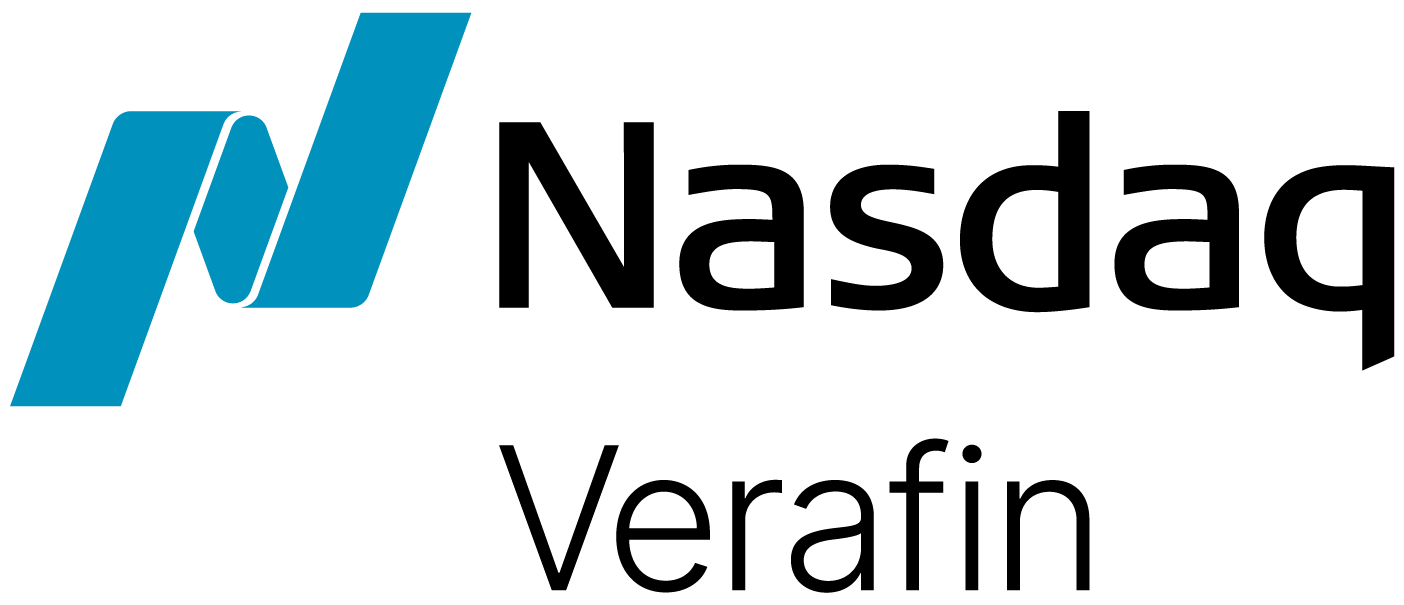From its birth on October 26, 1970 as the Foreign Bank Secrecy Act of 1970, through make-overs in 1986 (criminalizing money laundering and structuring), 1990 (establishing FinCEN), 1992 (introducing Suspicious Activity Reports), and 2001 (the biggest make-over with the USA PATRIOT Act), the Bank Secrecy Act (BSA) has evolved and slowly adapted to a rapidly changing world. In this 3-part series — 50 years of the BSA — Jim Richards examines the purpose, storied history, modern challenges, and future direction of the BSA.
In the first part of this series, I wrote about finding a renewed purpose of the Bank Secrecy Act. Now, let’s look back at the last (almost) fifty years, to see how the BSA was driven, or even caused, by global events and technology developments, the shifting goals of the industry, and the resulting impact on financial crimes risk management as a whole.
The Early Years
After its birth — and while the early fintech revolution went on around it with the introduction of ATMs, debit cards, the Visa network, ACH, and SWIFT in the 1970s — the BSA seemed to garner little attention and apparently existed without anyone really noticing.
Then, in early 1985, the First National Bank of Boston was charged with, and pleaded guilty to, knowingly and willfully failing to comply with the BSA by failing to report over $1 billion in cash transactions. What followed was the first major change to the BSA, with the introduction of the Money Laundering Control Act (MLCA) in 1986, which made money-laundering a crime and imposed criminal liability on financial institutions that knowingly assisted in it.
Subsequent regulatory changes in 1987 directed financial institutions to establish and maintain procedures reasonably designed to ensure and monitor compliance with the reporting and recordkeeping requirements.
The BSA/AML program requirement was born.
Maturing and Developing
In the 1990s, as compliance programs began to mature, the Suspicious Activity Report (SAR) era began with the Annunzio-Wylie Anti-Money Laundering Act of 1992, and a single agency within the Treasury Department — FinCEN — was created to manage and enforce the BSA.
During this period, we saw an increased focus on the nuts and bolts (safety and soundness) of programs. Over time this resulted in a growing divergence between the regulators’ mandates and priorities, and the stated purpose of the Act.
Then, the tragic events of 9/11 changed everything.
Turning Point
Forty-five days after 9/11, the USA PATRIOT Act was passed, with a focus on providing actionable intelligence to law enforcement for the purpose of protecting against terrorist financing, money laundering and other crimes.

In 2005, when the FFIEC BSA/AML Examination Manual was published in response to new regulations, the manual itself declared the importance of maintaining a sound program — without reference to the purpose of a sound program.
I, and many others, believe that providing timely and actionable intelligence to law enforcement is critical to the successful prevention of illicit activity. Of course, as outlined in the FFIEC manual, a sound BSA/AML compliance program provides the necessary foundation for providing that intelligence.
But these new laws, regulations and regulatory guidance in the early 2000s had a cascading effect on the industry. The modern BSA landscape saw a slow drift away from the post-9/11 focus on fighting crime, and into an era of enforcement.
NEXT:
Part 3/3: Actionable Intelligence – The Way Forward for the BSA




